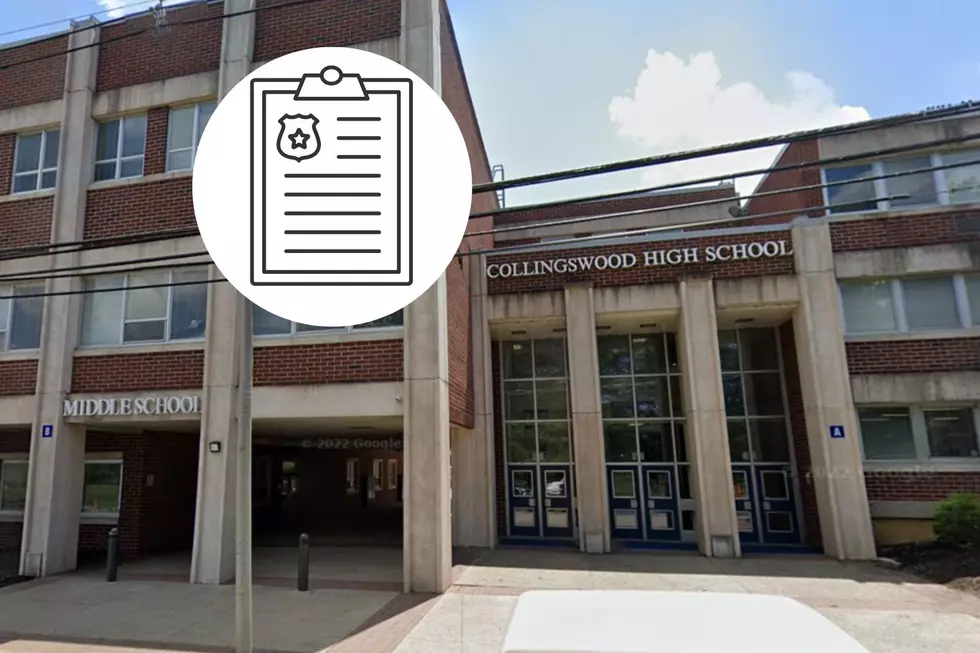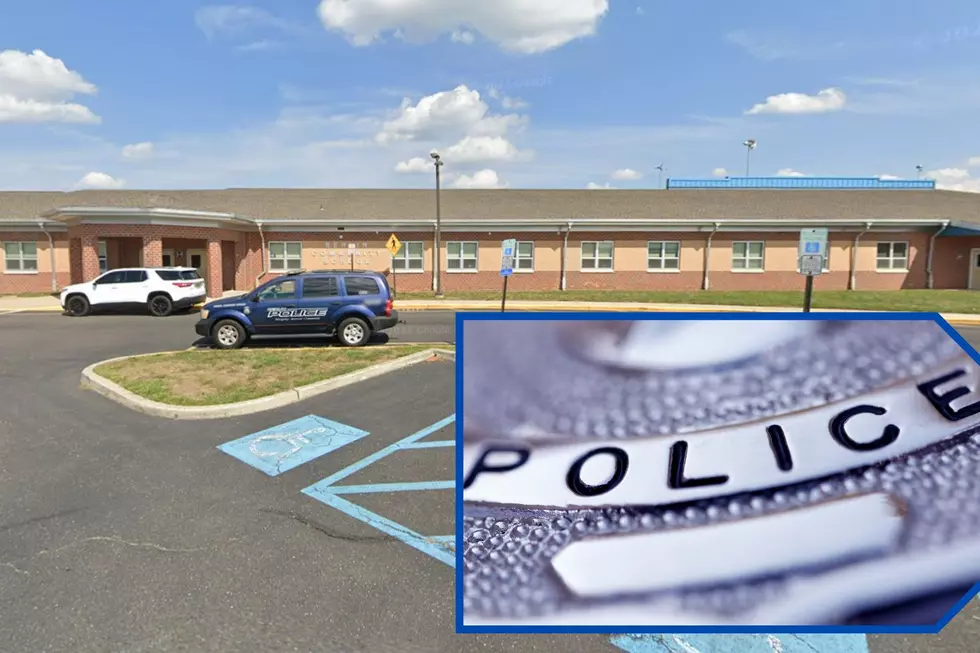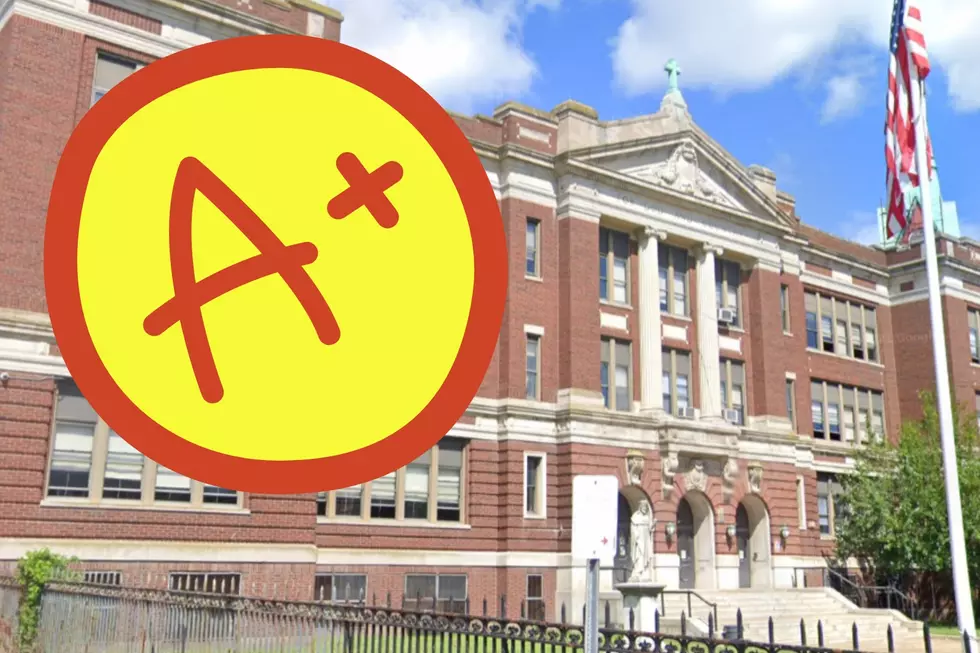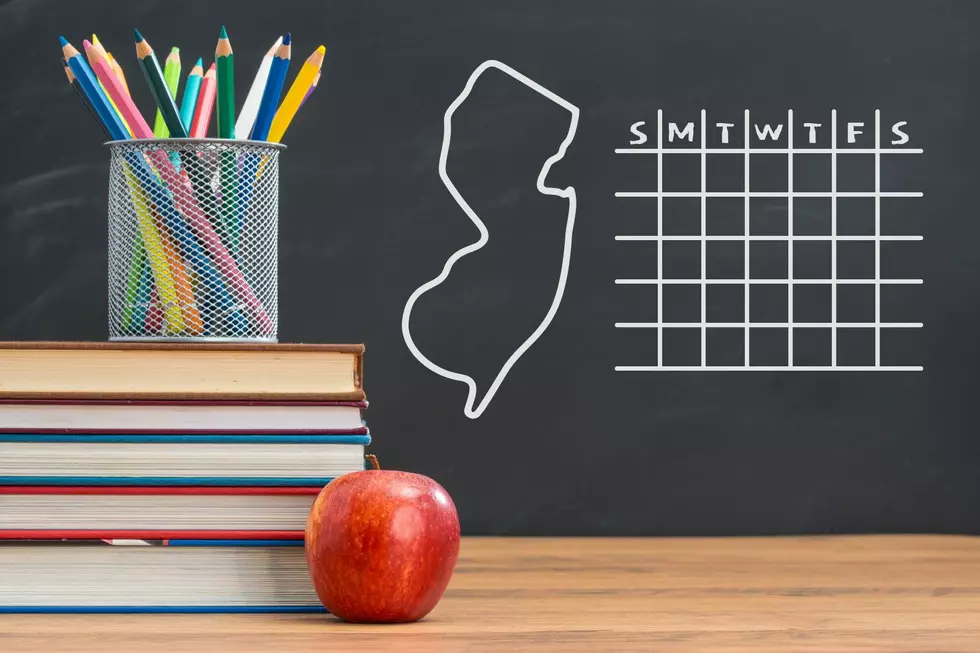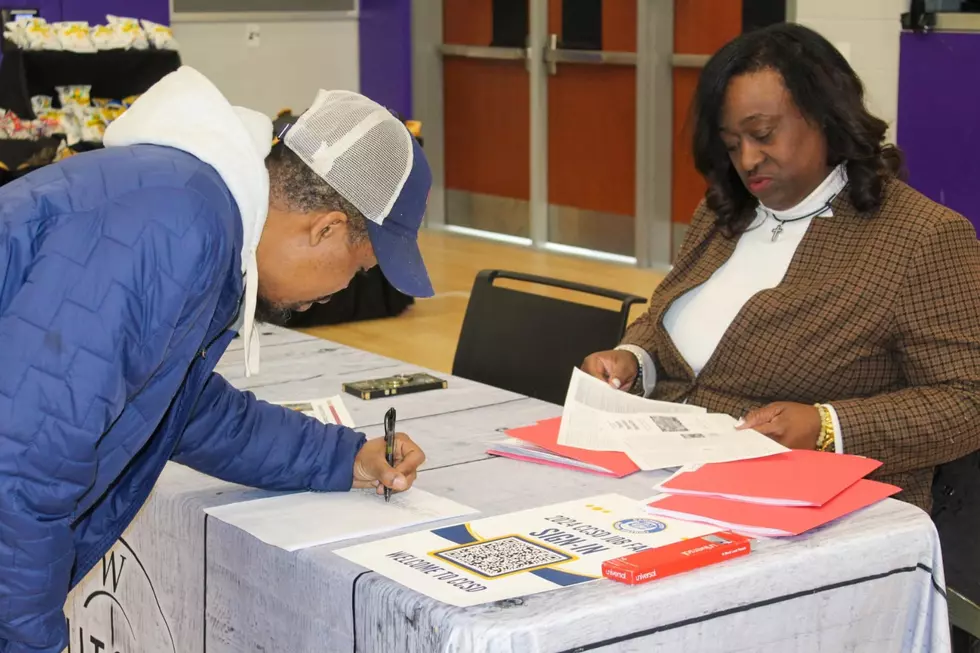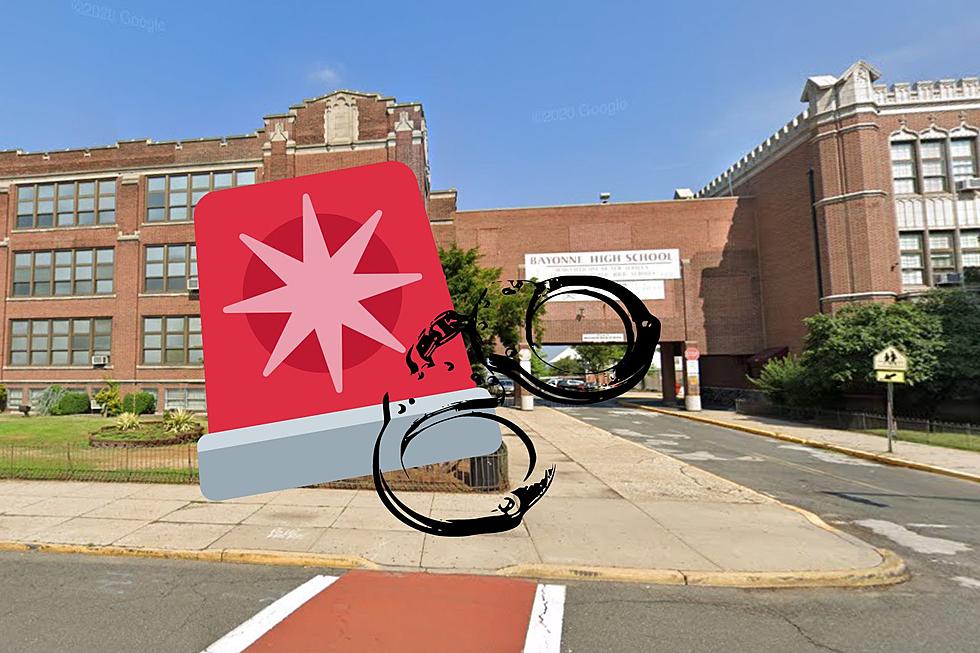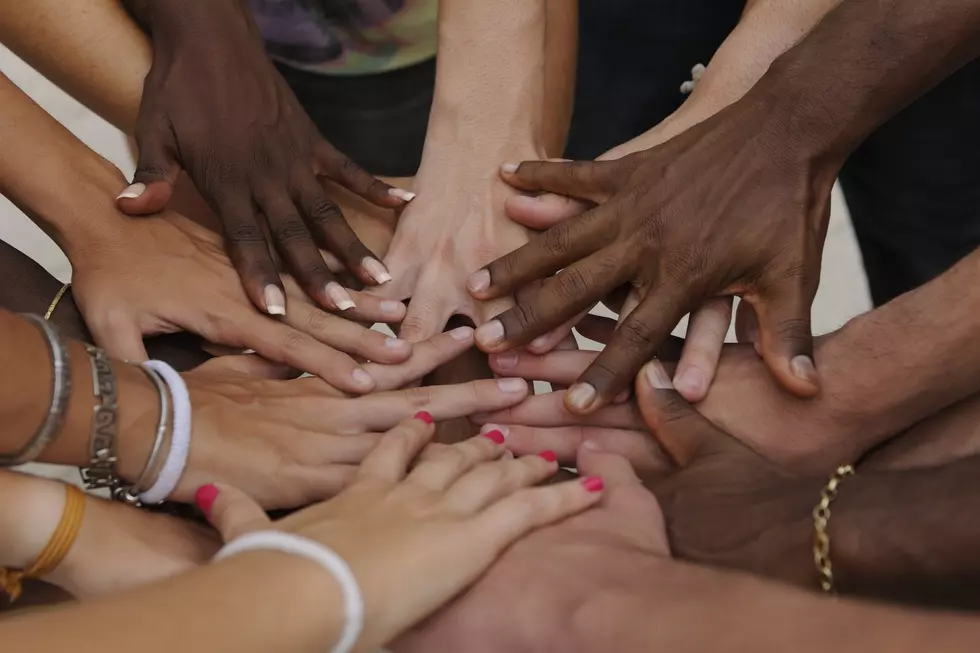
If Murphy wants to teach kids inclusion, give everyone a month (Opinion)
For starters, kindergarten kids don't have a problem with diversity and inclusion. They make and like their friends, but like the song says, "You've got to be carefully taught."
What exactly are diversity and inclusion? If by diversity you're teaching that we're all different, then how about teaching the differences? One way to do that is to expand American history to include all the accomplishments and struggles of all the major races and ethnicities who came to the country. Perhaps give each a month. Look at how much we've learned about African Americans during "Black History Month."
If we added eight more similar months to include say Italian, Hispanic, Irish, Jewish, Muslim, Polish, German, etc., then students would see not only how diverse we are but very much the same in some ways as well. By the time the year was over, they would have a much better understanding of each other.
Each year you would teach a little more about each nationality based on the understanding of that grade level. You could cover the rich history of each, the art, music, food, and well as their contribution to this melting pot known as "America."
The more the students learn about where each other came from, the more understanding they have of them as people. Once they have that understanding, inclusiveness will follow.
America did not grow up a perfect country. We're still not perfect. But moving forward if schools taught everyone about everyone, students would have a much better understanding of our diversity. If that happened, then they wouldn't have to teach about inclusion. It would just happen naturally.
The post above reflects the thoughts and observations of New Jersey 101.5 talk show host Steve Trevelise. Any opinions expressed are Steve's own. Steve Trevelise is on New Jersey 101.5 Monday-Thursday from 7pm-11pm. Follow him on Twitter @realstevetrev.
UP NEXT: See how much gasoline cost the year you started driving
More From New Jersey 101.5 FM
